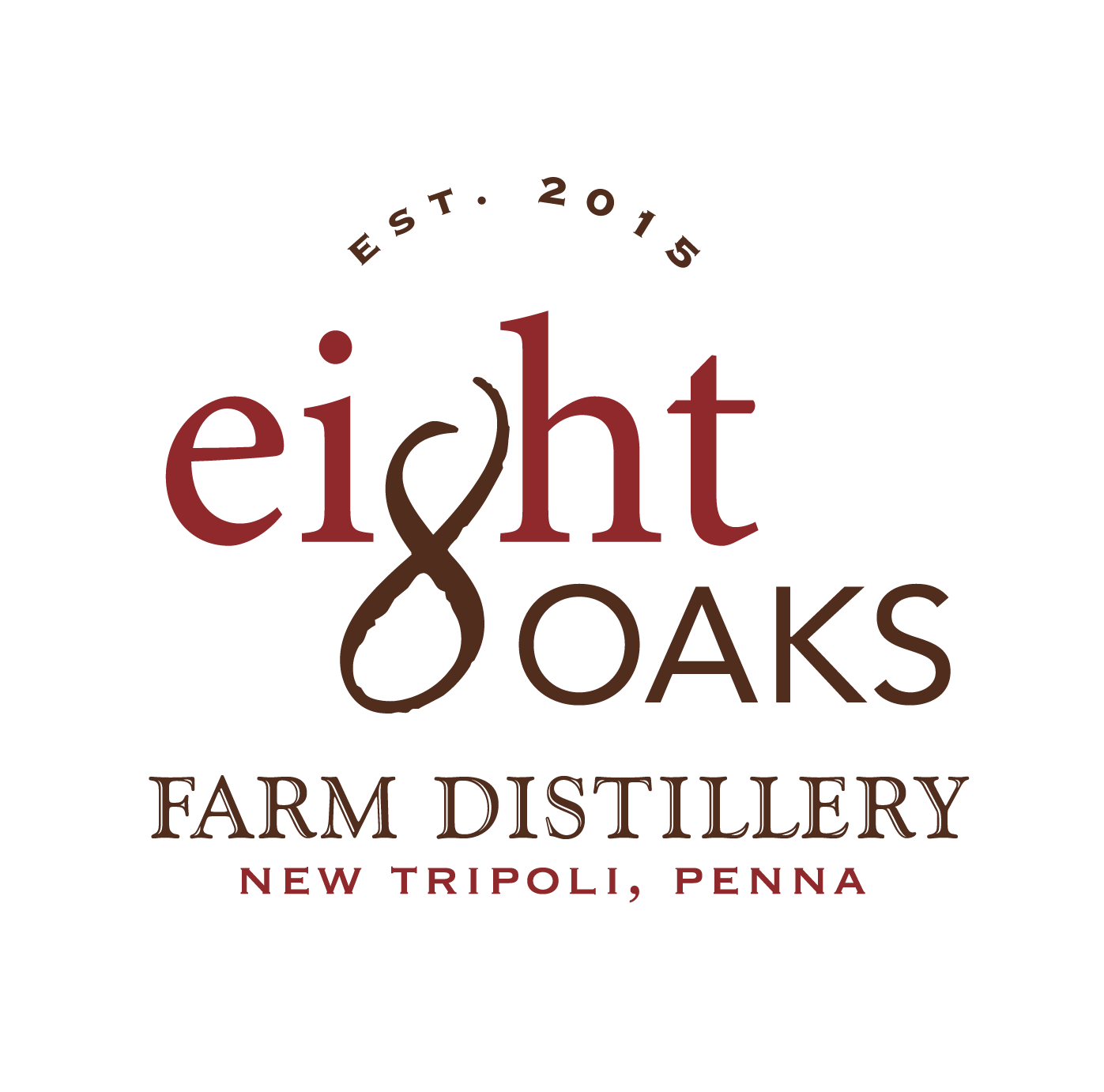Nurturing Rye: The Heartbeat of Pennsylvania Farming
In the heart of Pennsylvania's agricultural landscape, amidst rolling hills and fertile valleys, lies a crop deeply rooted in the state's history and culture: rye. Renowned for its resilience and versatility, rye has been a cornerstone of Pennsylvania farming for centuries, offering valuable economic opportunities and unique challenges to those who till the land. In this blog post, we delve into the significance of rye farming in Pennsylvania, exploring its value to local communities, the difficulties farmers faced, and the enduring legacy of this vital crop.
History of Rye in Pennsylvania
Rye holds a special place in Pennsylvania's agricultural heritage, dating back to the early days of European settlement in the region. German, Scots, and Irish immigrants, drawn to the state's fertile soil and favorable climate, brought centuries-old traditions of rye cultivation. This hardy grain thrived in Pennsylvania's rocky terrain, providing sustenance for humans and livestock alike.
These early settlers used rye as a primary grain for baking bread, brewing beer, and distilling whiskey, laying the foundation for Pennsylvania's rich tradition of rye-based spirits. Additionally, rye served as a crucial feed crop for livestock, providing essential nutrition to farm animals during the harsh winter months. The widespread cultivation of rye by early settlers played a significant role in shaping Pennsylvania's agricultural landscape and economy.
Today’s Farming of Rye
Today, rye is widely used as a cover crop for its many benefits to soil health and agricultural sustainability. As a cover crop, rye serves several essential purposes, including:
Erosion prevention: During the winter season, when many fields lay fallow, rye's dense root system helps to anchor soil in place, reducing erosion caused by wind and water runoff.
Weed suppression: Rye's vigorous growth competes with weeds, effectively suppressing their proliferation and reducing the need for chemical herbicides.
Soil Enrichment: Rye's extensive root network improves soil structure and promotes microbial activity, enhancing nutrient cycling and organic matter decomposition.
Overall, by incorporating rye as a cover crop into their farming practices, many Pennsylvania growers have protected and nourished their soil, laying the groundwork for healthier and more productive crops for future seasons.
Challenges of Farming Rye
One of the key challenges to farming rye is the issue of lodging, where the plants collapse or bend over due to environmental factors or disease. Rye is particularly susceptible to lodging because of the height of the plant growth.
Lodging can significantly reduce yields and quality by impeding airflow and sunlight penetration, leading to increased moisture retention and susceptibility to fungal diseases. Additionally, lodged rye can be challenging to harvest efficiently and may result in crop losses if not managed promptly.
Farmers employ different strategies to mitigate lodging, including selecting rye varieties with shorter and stronger stems, optimizing planting density, and implementing proper nutrient management practices to promote sturdy plant growth. Despite these challenges, addressing lodging is essential for maximizing rye crop productivity and ensuring a successful harvest.
Farming rye in Pennsylvania presents challenges and opportunities, reflecting its versatile nature as a crop. From its historical significance as a staple grain for early settlers to its modern role as a cover crop and whiskey ingredient, rye demonstrates its adaptability in various agricultural contexts.
While farmers grapple with issues like lodging and weather fluctuations, they also benefit from rye's ability to enrich soil health, suppress weeds, and diversify crop rotations. By harnessing innovative techniques and leveraging rye's unique attributes, Pennsylvania farmers continue to explore the full potential of this resilient and valuable crop, underscoring its importance in sustainable agriculture and regional economic development.
We grow what we drink.
Tell us what you want to see in future blog posts. You can do that by sending your feedback to Josh at jvandenberg@eightoaksdistillery.com.
We’ll work as many questions into future posts as possible, and for those topics selected, we’ll send you a fun prize pack.

